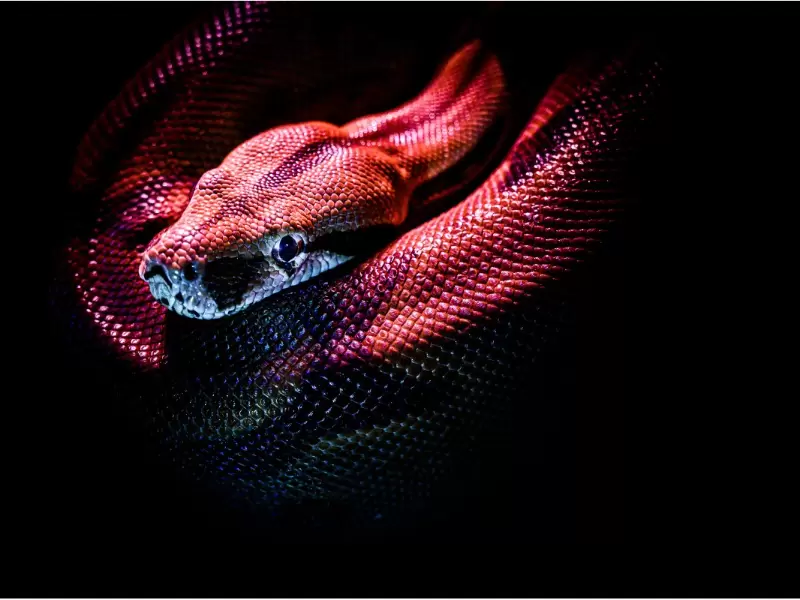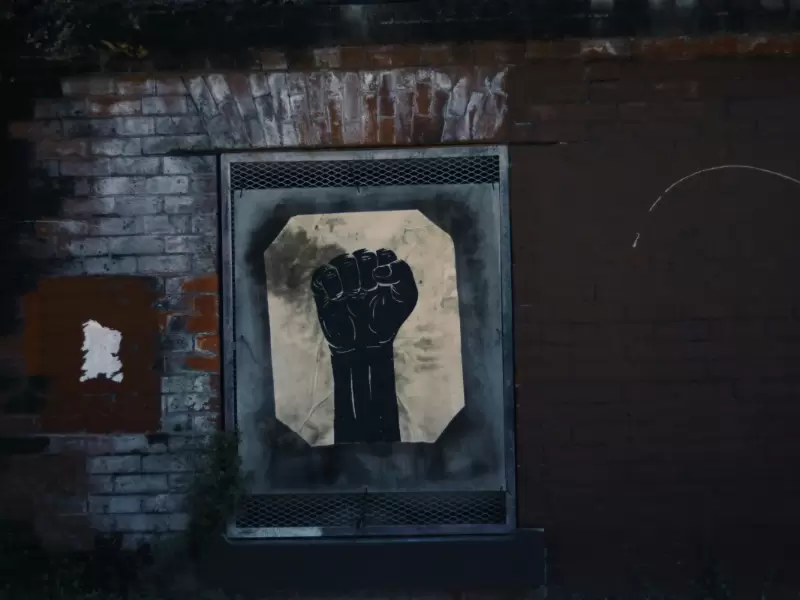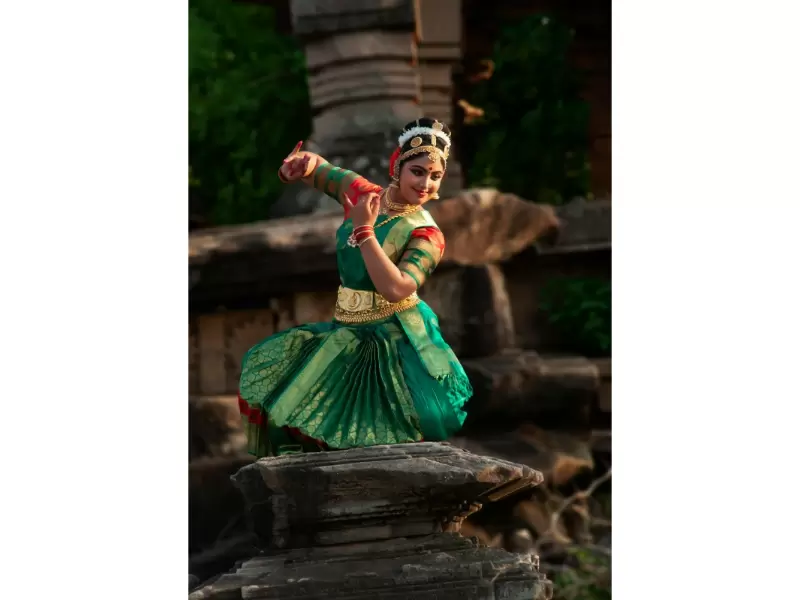The snake that sang at sunrise
This essay tied for third place in the College category in the fifth Civil Rights Essay and Art Contest for 2025 by Hindus for Human Rights and International Commission for Dalit Rights.
 Representative image / Pexels
Representative image / Pexels
There is no shortage of stories about facing injustice. Stoker's Dracula, for example, tells the story of an assortment of civilians-turned-vampire-hunters who win the fight against the villainous Count Dracula. Sophocles' Antigone tells the tale of a girl who was willing to face death in order to give her brother a proper burial, resisting the corrupt king's orders. The Ramayana tells us the story of Rama overcoming countless trials in order to protect Sita following her kidnapping.
You will find countless such stories. Each one ends in victory, encouraging listeners to stand up against the wrongdoings they observe in the world around them. Naturally, as the wheel in the sky spins relentlessly, injustices arise and are fought, and we tell those tales.
Once, there was a great war, fought fiercely on every front. It was a war between the eagles and the snakes, and the eagles, with their gifts of flight and discovery, had found the snakes' village. The eagles hailed from a forest with a lush river full of salmon, and would spot the fish's sparkling scales from high up in the sky and swoop down to eat them. Similarly, the snakes possessed shimmering, silvery scales scattered up and down their backs, and they believed these scales to be beautiful, so they praised and cultivated them. However, the eagles spotted the shimmering scales and likened them to the coloring of the salmon. The eagles' eyes glimmered at the prospect of the lush treetops in the snakes' forest, and their stomachs growled as they imagined having the snakes as a snack. The snakes, however, desired to protect their homes and families. When the eagles swooped down to attack, the snakes coiled themselves around the eagles' feet, disrupting the eagles' flight and preventing the beaks from reaching their bodies. The eagles reluctantly admitted defeat and soared away, leaving the snakes alone.
ALSO READ: The folk art that taught me courage
Of course, while the snakes were victorious, much damage was still done. The snakes wept at their friends and brothers and sisters and mothers and children who had been lost to the fierce war, and nursed their wounds where talons had managed to prick them. There was recovery to be done, and so the members of the village started to sing to their injured friends and family, calming them and distracting them from the pain and distress. The mothers and fathers sang to their children, whose young minds were yet to understand the weight of what had occurred. The songs eased their minds and dissipated their worries as the snake village began to return to their lives.
Although the village was returning to normalcy, the war left a stain on their pride. The silvery scales that were once precious were now to be hidden. The snakes who remembered the war wept when hatchlings were born with such markings, and with time, the snakes forgot how the scales were once loved.
With time, the village dissipated. Generation by generation, the village's population trickled away. Perhaps the weight of their history was too much to bear, or perhaps the snakes saw greener grass elsewhere, or perhaps they believed that the eagles would not find them if they left. Many snakes, each with their own reason to leave, gathered their families and deserted their homes and set off for something better.
Two such snakes left alongside each other, looking for a place free from the burden of their history to start a life of their own. They turned their eyes to the sky and when they saw no danger, had a child of their own. The two snakes did not remember the war, as it was their great-great-great grandparents who were grown when the eagles attacked. They did not know that the great-great-great grandfather of the mother
snake was, in his day, of incredible beauty, covered head-to-toe in the silvery scales. The tale of his passing was too painful for the mother snake's family to repeat, as his death instigated the war. Similarly, the great-great-great grandmother of the father snake had the fabled scales scattered across her skin.
Generation by generation, the mother and father snakes' families did not present the scales, and they did not know that the trait for the scales still lay within them. Their child was nearly completely covered in the once-revered and now-scorned pattern, so the little snake spent his childhood hidden away, unable to see the sun. As he was distressed by his confinement, the mother snake would attempt to soothe him by singing the songs of her ancestors, only for the little snake to turn away and close his ears out of spite and frustration.
The boy lived on in hiding, as his parents feared for what would happen if he went outside. They loved him, they swore up and down that they loved him, but they believed the world would not love him if he ever left. His life continued this way until the passage of his parents, and although he was heartbroken that all he knew was gone, the doorway was left unguarded.
So the little snake, now a grown snake, ventured outside, where he saw the sun and heard the sparrows singing in the trees. The birdsong reminded him of the lullabies his mother used to sing, the ones he used to turn away from. He shed a tear and thought of his parents, and remembered how angry and scared they would be if they knew he was outside. He dried his eyes and reminded himself that he loved them, yes, but how could he continue to obey the demands that had left him confined for years?
He closed his eyes and felt the sun on his face and listened to the sparrow, to the crickets chirping, to the stream gurgling softly in the distance, and at last began to sing a song of his own.
The story of the little snake is not about the little snake at all. It is about a boy who was born a way that colonial values did not approve of, although the scriptures and fables of his home dictate that he is to be loved and accepted, as any other person should be.
I am the young snake in the story. I am a queer South Asian artist, and I am constantly observing the negativity towards the queer community that results from colonial values and a common desire to assimilate into western or conservative culture. I create art through the medium of theatre to tell the stories of communities that are unheard, to appeal to the hearts and minds of audiences, and to instill in them how the world could be.
The story is about a boy who sees himself in the way his ancestors used art to challenge oppressive values and to heal from injustice. The story is about a boy who creates art of his own to remove the stigma that tainted his culture due to years of colonization and oppression. The story is about a boy who saw no place for hatred that was sown in the soil of his motherland, so he wakes up at dawn to tear out the roots and sing his song loudly and watch the sun rise.



 Felix Joshi
Felix Joshi 















Comments
Start the conversation
Become a member of New India Abroad to start commenting.
Sign Up Now
Already have an account? Login